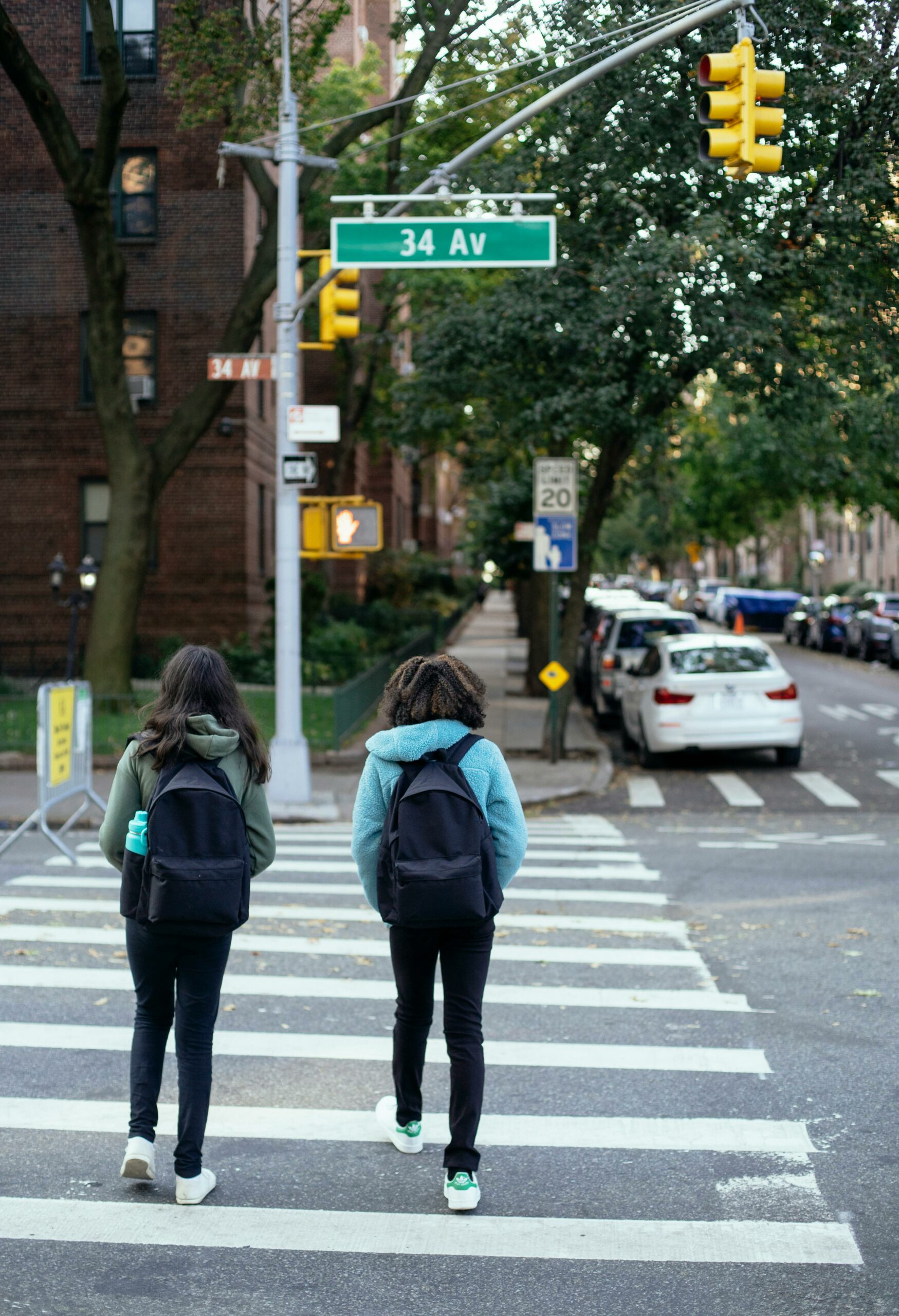Common Pedestrian Risks in Early Fall:
- Shorter Days, Less Light: As the days grow shorter, pedestrians are often walking in lower light conditions, especially in the early morning or late evening. Reduced visibility increases the likelihood of accidents, as drivers may struggle to see pedestrians crossing streets or walking along poorly lit sidewalks.
- Seasonal Events and Crowded Streets: With early Fall comes a surge in outdoor events like fairs, farmer’s markets, and festivals. The influx of pedestrians on the streets, particularly near busy intersections or event areas, can lead to confusion and accidents.
- Distracted Drivers: With the changing season, drivers may be more distracted by the scenery or unexpected wildlife crossings. Distracted driving, whether from environmental distractions or electronic devices, is one of the leading causes of pedestrian accidents.
- Unmarked Crosswalks: In many areas, fallen leaves may obscure road markings such as crosswalks, creating confusion for both pedestrians and drivers. This increases the chance of accidents at intersections or mid-block crossings.
- Wear Reflective Clothing: With less daylight, it’s important to make yourself visible to drivers. Wear bright or reflective clothing, especially if you’re walking during dawn, dusk, or at night.
- Use Crosswalks and Follow Traffic Signals: Always use designated crosswalks and wait for the proper signal before crossing. Make eye contact with drivers to ensure they see you before stepping into the road.
- Stay Aware of Your Surroundings: Avoid distractions like texting or listening to music at a high volume while walking. Stay alert and aware of the traffic around you.
- Watch for Drivers at Intersections: Even if you have the right of way, be cautious at intersections and ensure vehicles are coming to a full stop before crossing.
- Seek Medical Attention: Even if your injuries seem minor, it’s important to get checked by a doctor. Some injuries may not be immediately apparent.
- Document the Scene: Take photos of the scene, the vehicle involved, and any visible injuries. Get witness contact information if possible.
- Report the Incident: Notify the police and file a formal report of the accident.
- Contact a Personal Injury Attorney: At Darfoor Law Firm, we specialize in pedestrian accident cases and can help you pursue compensation for your injuries.
Involved in a pedestrian accident this Fall? Contact Darfoor Law Firm for a free consultation. We’re here to help you navigate your personal injury case and ensure you receive the compensation you deserve



